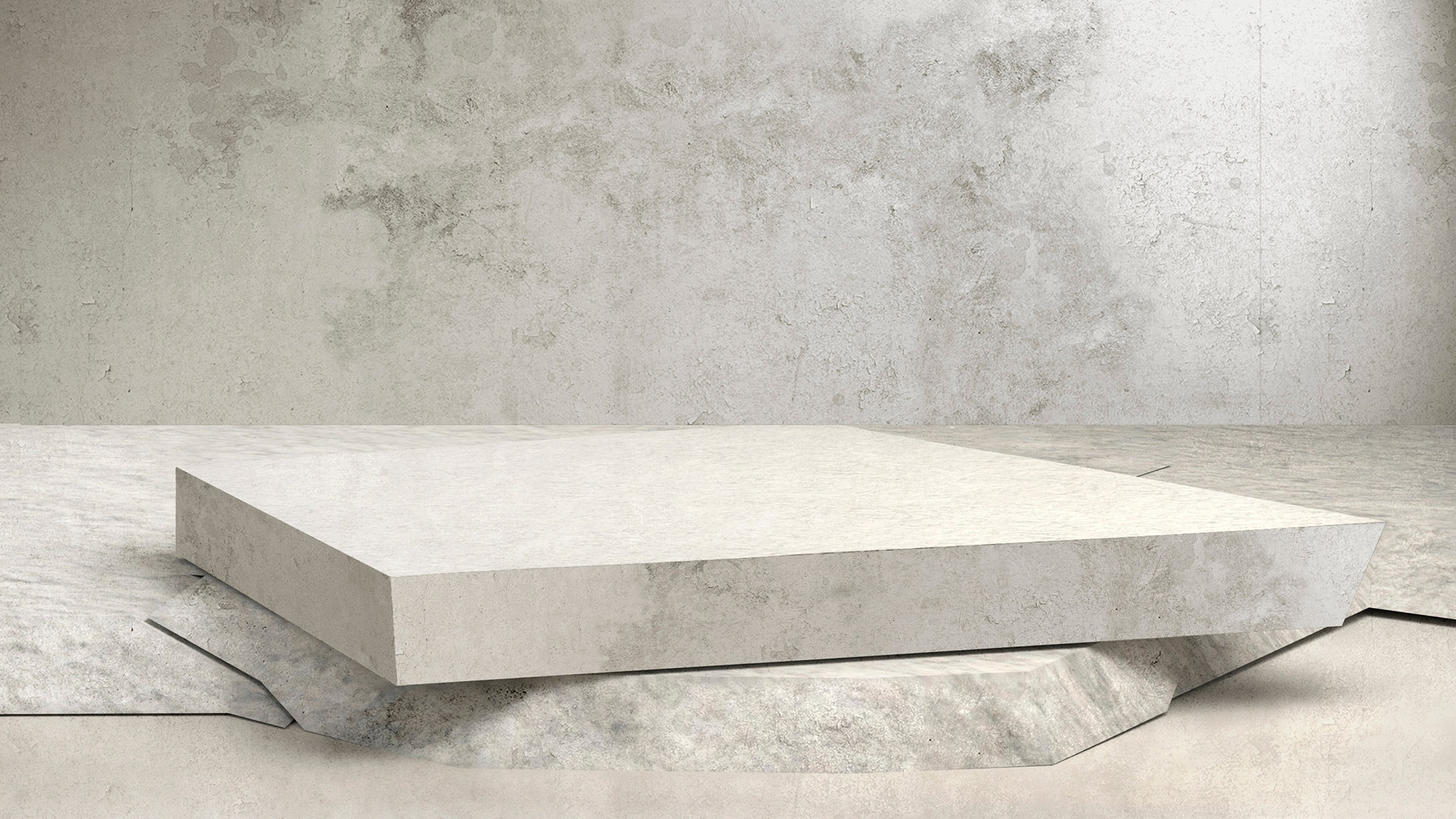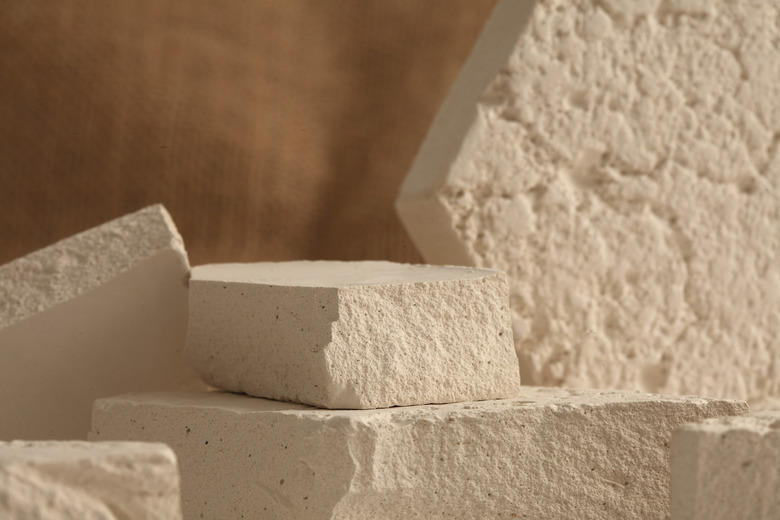Revolutionary New Concrete Bricks Are Made Of Demolished Buildings And Air
What if we could use renewable concrete bricks to build new structures? It might not seem like it, but construction is one of the biggest drivers for greenhouse gases, which can cause global temperatures to rise over time. However, a new process first revealed in 2021 could soon change that.
This new process, headed by researchers from the University of Tokyo, is called the Calcium Carbonate Circulation System for Construction, or C4S. Construction remains such a big driver of climate change because of the intense temperatures needed to heat limestone—one of the most important ingredients in Portland cement—enough to create calcium.
However, by creating renewable concrete bricks, we could cut down on the amount of greenhouse gases being produced because we wouldn't need to create so much calcium from limestone itself. Instead, we could simply reuse the bricks and building waste that has already been made and turn them into new bricks.

This would also help with the fact that limestone is now an infinite resource. Like many of the other precious resources we rely on for various human-driven industries, we're eventually going to run out of it. With C4S, though, researchers can combine building waste and CO2 from the air to create calcium carbonate concrete.
The blocks they made back in 2021 were originally relatively small and low in strength compared to normal brick blocks. However, the researchers recently took concrete from a demolished school building and ground it down into a fine powder, which they then mixed with CO2 over the course of three months to create renewable concrete bricks.
The result was a pressurized brick made of a calcium bicarbonate solution that was also layered in a mold and then heated to form the new block, which is reportedly large and strong enough to be used in the building of liveable homes and even in pavement.
This is a huge step towards creating proper renewable concrete bricks, and the company hopes to build a two-story home using the new bricks by 2030. Other companies are also looking for ways to revolutionize the concrete industry—one company even made completely cement-free concrete. Research on C4S is available in the journal Advanced Concrete Technology.
